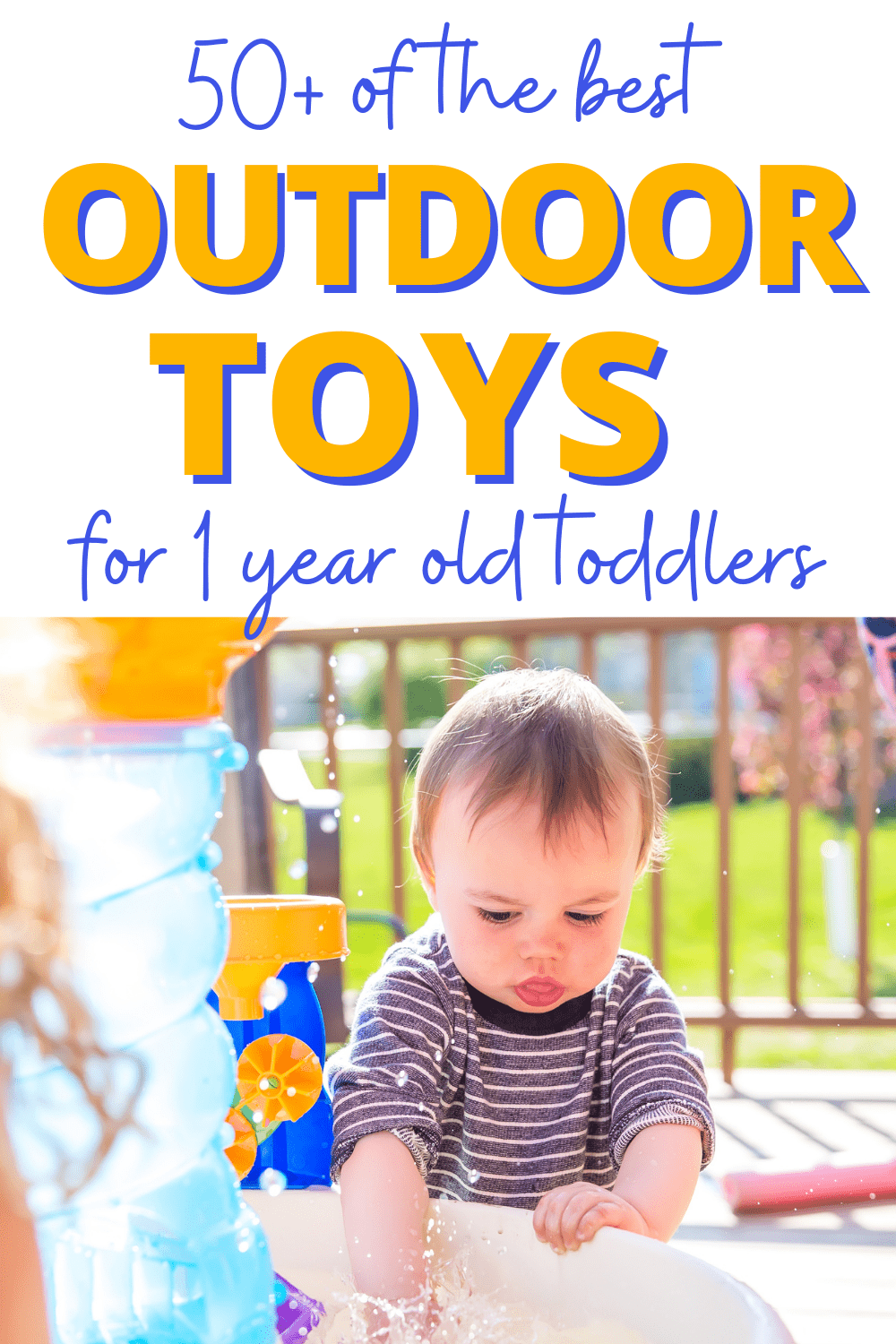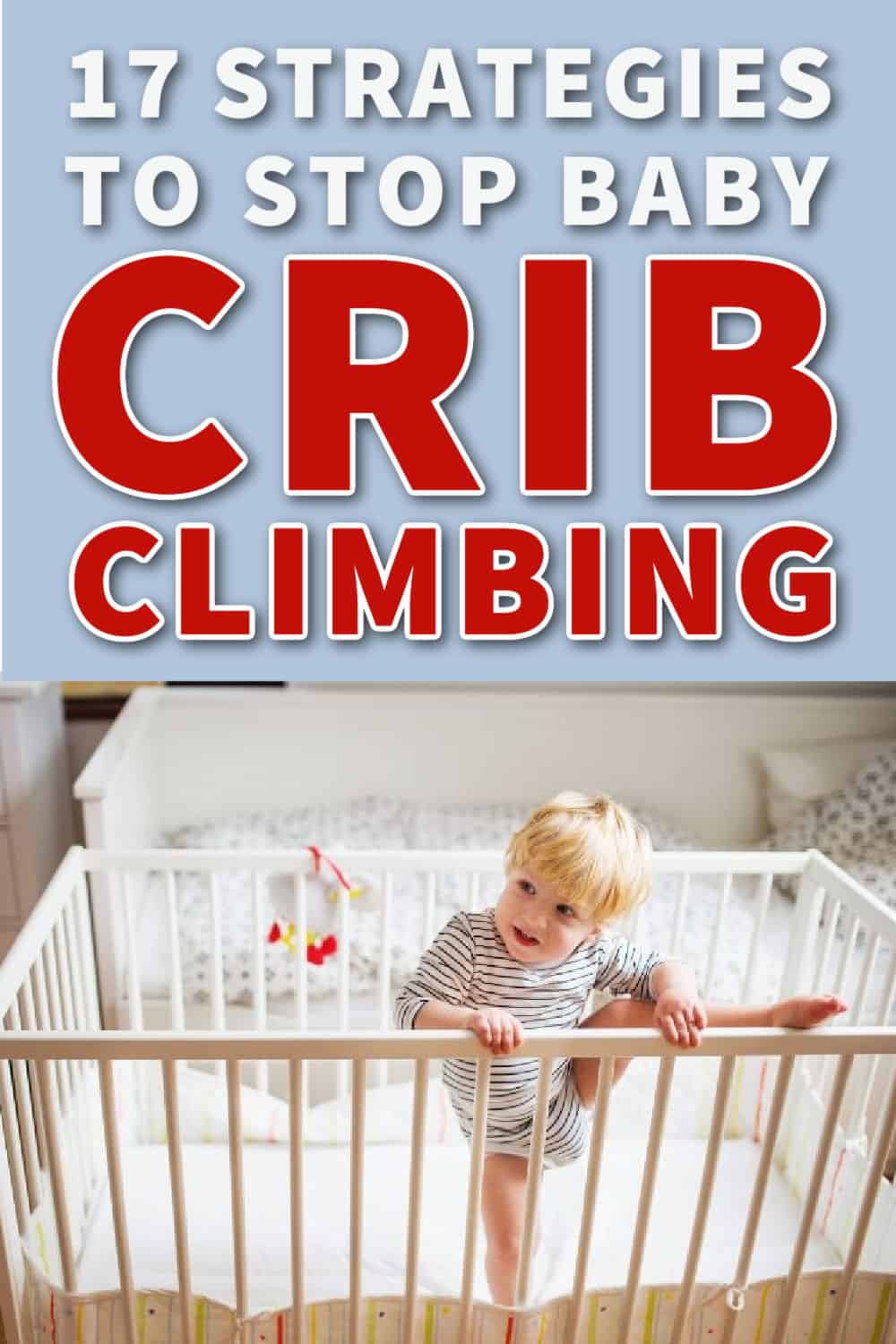Your newborn’s sleep patterns are mystifying right?! Seemingly erratic, unpredictable and downright bizarre! Yet soooo important for your baby, of course, but also for you.
You may even be thinking, ‘What newborn sleep ‘pattern’?
Yes, it may be difficult to see any pattern to your newborns sleep at first.
The sleep patterns you have noticed might not be all that wonderful either.
Baby wants to sleep all day long and is wide awake at night? Why wakes up after 45 minutes after every nap, to the minute?
Baby spends a lot of time thrashing about? Baby seems to be crying in her sleep, but not awake? What should I do?
Newborn sleep patterns are very different to those of an adults (as I’m sure you’ve noticed). Understanding these differences could well give you the edge… on helping your baby develop healthy sleep habits.
So this is what this post is all about – getting to the nitty-gritty of what exactly is going on when your newborn is asleep. And some important learnings that come from this.
Table of Contents
ToggleNewborn sleep patterns won’t reflect day and night early on
Newborn sleep patterns the first week
Sleep is about all newborns seem to do the first week. Whether it’s day or night they just sleep!
Of course, there are frequent intervals to feed, so sleeps range from 20 minutes to 4 hours.
The normal recommendation is to wake baby after 4 hours in the early days to feed, at least until birthweight has been recovered. For more information on the importance of feeding frequently in the early days (hint – it’s not only about nutrition!) check out this post:
Your Essential Guide To Newborn Breastfeeding: A Must Read To Start It Right
Why baby won’t know the difference between day and night
The adult body clock, or circadian rhythm, governs the times that we naturally want to sleep. This is largely influenced by light intensity.
Light inhibits the sleep-inducing hormone, melatonin. So artificial lights such as TV and laptop screens are not recommended before bedtime; turning screens off and using low-level lights will allow the melatonin to flow, relaxing the brain in preparation for sleep.

Newborns won’t be in synch with the adult circadian rhythm because they only experienced darkness in the womb
When in utero, there is research to suggest that the fetus may sync with the circadian rhythm of the mother, as melatonin crosses the placenta from mother to baby. But this is then lost at birth, when the placenta no longer connects mother and baby.
So newborn sleep patterns are largely unrelated to day and night. I.e. they do not know to spend more time awake in the day than at night!
For some it seems the body clock of an unborn baby works in completely the opposite way; baby sleeps during the day and is up at night. Was your baby frantically kicking in the middle of the night and waking you late on in your pregnancy? Yup, me too!
The theory is your normal daytime activities create a sleep-inducing rocking sensation. As a result your baby has most awake periods at night, when you’re not moving.
If this is the case, you may find your newborn sleeps all day long, only waking briefly to feed, and has several short awake periods and feeds at night. This sleep pattern is typical of newborns. It’s often termed day-night confusion.

Day-night confusion can be fixed in a few days
By about 3 months, with more exposure to day light, your baby will get the hang of days and nights. Luckily there are plenty of easy ways to speed it up!
For example:
- exposure to natural daylight during the day (rather than artificial light)
- reducing stimulation and interaction during night feedings
- ensuring your baby is fed frequently during the day.
This ‘day-night confusion’ can be fixed in a matter of days – for a step-by-step guide on transitioning your baby from sleeping all day to sleeping all night (and ONLY waking to feed, not to party or play!) check out:
Related post: Newborn Sleeps All day? 10 fail-safe tactics to fix day night confusion fast
The adult sleep cycle and stages
Before trying to figure out the newborn sleep cycle, let’s take a look at the adult one.
The different stages of the adult sleep cycle
The adult sleep cycle consists of 1 REM (Rapid Eye Movement) stage and 3 Non-REM (Non Rapid Eye Movement) stages:
STAGE 1: the first and briefest of sleep stages
- If woken during this stage you will probably deny you’ve been asleep at all!
- Very brief, just a few mins and makes up 5% of total sleep time
STAGE 2: first ‘true’ sleep stage
- When you do feel like you have been asleep if woken during this stage
- Breathing pattern and heart rate slows
- Most time is spent in this stage at around 45%
STAGE 3: regenerative ‘deep sleep’ or ‘slow-wave’ sleep
- The deepest stage of sleep; brain waves have slowed and become more synchronized
- It’s hard to wake someone who is in this stage
- Repair, regeneration and rejuvenation of the body occur; key for growth and development
- Accounts for 25% of total sleep
REM SLEEP: ‘active sleep’, when we dream
- When the brain is most active; small, high-frequency brain waves
- Eyes move rapidly, heart rate increases slightly, breathing rapid and shallow
- Disturbed and woken easily
- Thought to be when we dream, since dreams vividly recalled when woken during this stage
- Although the brain is active, arm and leg muscles are paralyzed temporarily (to stop us acting on any dreams)
- Accounts for 25% of total sleep
The adult sleep cycle starts in Non-REM sleep, ends with REM and then repeats
The adult sleep cycle begins with stage 1 of NREM sleep. Brain waves slow and become more synchronized, until reaching the large, low-frequency waves of stage 3.
A short period in stage 2 follows before the first REM stage is reached. One sleep cycle done!
It then repeats, with subtle changes as the night continues:
- Early on in the night: most restorative deep sleep (stage 3) occurs with very little dreaming (REM sleep)
- During later sleep cycles: dreaming/REM sleep episodes increase while deep sleep stages decrease and even disappear
On average, the adult sleep cycle lasts 90-100 minutes
Early on in the night sleep cycles are slightly shorter while later sleep cycles may be as long as 120mins.
Adult sleep cycle chart
The chart below shows a typical nights sleep for an adult.

Sleep is complex and still not fully understood
It’s thought that each stage of sleep has important functions necessary for optimal health – interrupted sleep or missing sleep stages can have dramatic effects and ‘sleep inertia‘ can result.
Interestingly, most deep sleep occurs during the hours of 11pm and 3am, while dreaming/REM sleep is always experienced between 3am and 7am REGARDLESS of whether you fell asleep at 11pm or 2am.
Sleep is a complex mechanism!
If you want to read more about adult sleep, this article from the Division of Sleep Medicine at Harvard Medical School and this one from How Sleep Works are worth a read.
The newborn sleep cycle and stages
The newborn sleep cycle consists of an ‘Active’, ‘Transitional’ and ‘Quiet’ stage
Newborn sleep patterns may seem erratic, but they do sleep in cycles with distinct sleep stages:
STAGE 1: ‘ACTIVE’ sleep
- This is the infant version of REM sleep
- Brain highly active, causing arms and legs to twitch dramatically
- Disturbed and woken easily, sudden movements/noises/lights can initiate Moro reflex
- Thought to be when brain development occurs
- At least 50% of total sleep time
STAGE 2: ‘TRANSITIONAL’ sleep
- Transitional stage between active and quite sleep
- Baby looks restless, may vocalize or even open eyes
- Disturbed and woken easily
- 20-30% sleep time
STAGE 3: ‘QUIET’ sleep
- The final sleep stage
- Slower more rhythmic breathing
- Harder for baby to wake
- 20-30% sleep time
The newborn sleep cycle starts in ‘Active’ sleep, ends with ‘Quiet’ sleep and repeats frequently
The newborn sleep cycle begins with active sleep – a good chunk of time is spent in this phase, as much as half an hour. A short transitional stage follows and finally ‘quiet’ sleep, the equivalent to deep sleep in adults, which lasts up to 20 minutes.
On average, the newborn sleep cycle lasts 50-60 minutes
Newborn sleep cycle chart

Why babies spend such little time in ‘Quiet’ sleep
While adults spend a lot of time in ‘Deep’ sleep, newborns spend little time in the equivalent ‘Quiet’ sleep. This is a survival mechanism, protecting, most importantly, against oxygen deprivation.
Babies have an immature hypoxic ventilatory response (HVR) meaning they are less able to cope with oxygen deprivation compared to adults. Their best defense is to wake up quickly.
Spending more time in ‘active’ sleep (the lightest sleep stage) allows more opportunity for the brain to recognize this internal disturbance and wake baby up.
This was tested under laboratory conditions in this research. Results varied according to which stage of sleep the newborn was in:
- babies woke easily from the two light stages of Active sleep and Transitional sleep
- babies frequently FAILED to wake during Quiet sleep; if they did it took longer than from the lighter sleep stages
So a lot of light, ‘active’, sleep is crucial to newborns.
Adult vs. newborn sleep patterns: differences
#1 Difference: Newborn sleep starts in ‘active’ sleep
In contrast, adult sleep starts in Non-REM sleep.
#2 Difference: Active sleep makes up 50%+ of newborn sleep
This is double the amount of time that adults are in the equivalent stage of REM sleep.
#3 Difference: During active sleep, newborns are both mentally and physically active
In contrast, adults are physically INACTIVE in REM sleep due to the neurological barrier that temporarily paralyzes the limbs (to prevent dreams being acted out). In newborns this barrier has not developed so they move a lot!
They twitch, wiggle, stretch, and thrash. They may frown or smile, or launch into a burst of sucking movements. They may vocalize too (Source)
#4 Difference: Newborn sleep cycles are shorter
At around 45-60 minutes per sleep cycle, versus 90-100 minutes in an adult
Adult vs. newborn sleep patterns: a relevant similarity
Brief wake-ups throughout the night are common in adults
As adults, it’s common to wake partially and briefly in the night, to semi-consciously check for potential threats. If, in this semi-conscious state, nothing is detected, back to sleep we go. As a result, we’re normally completely unaware of this and wouldn’t even class it as waking up.
Waking up until full consciousness happens when a ‘threat’ is detected. The reality of this threat will often be quite trivial. Needing a drink, hearing the dog bark etc. But by waking we can check this disturbance out and react as necessary.
These brief wake-ups, which may or may not turn into full wake-ups and more likely during REM, stage 1 and when transitioning between stages.
Newborn sleep patterns involve multiple brief wake-ups
In the same way, there are many internal discomforts that help protect a newborn, in addition to the most crucial one of detected a drop in oxygen level.
The most important ones are hunger, being too hot or too cold and illness. Excess gas, reflux and teething are other common discomforts that will wake them or keep them awake on waking.
External disturbances, such as bright light, loud noises and other sudden changes to the environment may initiate the startle or Moro Reflex and wake baby up. From this, there are a few important when it comes to the ideal sleep environment for newborns, which we will get onto soon.
But first, let’s touch on why these differences, plus the one similarity, are relevant…
Encouraging healthy sleep habits
The thing is, the majority of newborn sleep is in active or transitional sleep and sleep cycles are short = potentially LOTS of brief wake ups. Plus baby may sometimes struggle to switch between sleep cycles and call out, cry or moan.
This is in addition to the huge potential to look awake with all the thrashing about, eyes opening and vocalising which is common in ‘active’ sleep!
So resist the urge to rush to your baby if she stirs or cries out
‘Pause’ and give baby the chance to settle
- First, check your baby is actually awake
- Second, if awake, give baby a chance to settle herself
Your baby may just be in active sleep and you may inadvertently disturb her by picking her up.
If awake, baby might not be hungry or in any discomfort and still be tired. If you don’t rush in and pick your baby up, he or she may well drift off back to sleep.
Falling back to sleep independently is often called ‘self-soothing’ which somehow makes it sound a little harsh but it really isn’t.
In fact, once a baby can self-soothe he or she will quickly be managing longer stretches and quite possibly sleeping through the night by 3 months.
Then there’s no need to even think about cry-it-out sleep training.
By rushing in too soon you will almost certainly have to aid her back to sleep…. This is the first step towards developing a sleep association, in this case, a feeding-to-sleep association. By pausing first, you should be able to avoid this.
On the other hand, if you think baby has woken because she’s not tired anymore, you may cut her sleep short.
Summary chart of newborn vs. adult sleep
I’ve summed up these differences and noted the importance of ‘pausing’ in this handy pinnable image. Pin away!
The ‘pause’ is the one and only baby sleep tip you may need
When I asked 20 moms about their baby sleep experience, including when their little ones slept through for the first time and what they thought helped, ‘pausing’ came up again and again.
To quote Madelyn Hope from The Perceptive Babe:
“I do believe that not giving them a few moments to fuss before responding to soothe can be detrimental to encouraging healthy sleep habits.”
That’s what this is all about, encouraging healthy sleep habits.
It’s also termed ‘gentle sleep training’ since you’re effectively training your baby to sleep, in a gentle way (as opposed to cry-it-out sleep training).
For further insight into newborn sleep and the importance of the ‘pause’ in order to develop healthy sleep habits, check out this post here:
And for the full baby sleep stories from those 20 moms, check these out:
When do babies sleep through the night? 20 normal moms share their baby sleep stories
The ideal newborn sleep environment
Your newborn has spent 9 months in the comfort of mommy’s tummy. The ideal sleep environment should replicate this as close as possible. That means
DARK/PITCH BLACK to avoid light disturbance (no night lights needed until baby is much older)
BACKGROUND NOISE/WHITE NOISE to replicate the noisy gurglings of moms insides and minimise sudden loud noises (screaming toddler for example!)
SWADDLING BABY to avoid the Moro Reflex startling baby awake
TEMPERATURE not too hot or cold
Newborn sleep patterns the coming weeks and months
Maturation of newborn sleep patterns and cycles
At 3-4 months, the sleep patterns of a newborn begin to mature. The amount of active sleep starts to decrease and sleep cycles lengthen.
This development often brings the first major sleep regression
Despite your baby spending less time in light, active sleep, you may find he or she is MORE easily disturbed. Since in this more mature sleep, light sleep becomes even lighter. Plus, what were very brief arousals between sleep cycles are now more likely to turn into full wakefulness.
So you may find your baby wakes more often at night and takes shorter naps at this 3-4 month mark. Baby may tend to wake-up fully after 4-50 minutes, at the end of one sleep cycle, and not want to go back to sleep. This is the first sleep regression!
Sleep associations may also develop after the 3-4 month mark
If your baby is used to being nursed or rocked to sleep, it’s likely you will have to keep aiding them to sleep for every nap and sleep time.
For this reason, if you can hold off on any kind of sleep aid (e.g. rocking or feeding to sleep) early on, your baby happily goes to sleep without your help and switches between sleep cycles unaided, you may not even notice this sleep regression.
This again, highlights the importance of ‘The Pause’ as noted in the last section.
By toddlerhood, sleep patterns start to resemble those of an adult
At around 6 months, active sleep has dropped to just 30%. During the toddler years, sleep cycles starts to resemble those of an adult; active sleep has developed into ‘REM’ sleep and now comes at the end of the cycle, rather than the beginning.
In summary
Hopefully, that’s unscrambled a little of the weird and wonderful world of newborn sleep!
Remember that babies are restless, noisy sleepers and often cry out when transitioning between sleep cycles. And they also wake-up frequently!
So ‘pause’ and give baby a chance to settle.
If you need more persuading, this post goes into more detail on the pause and how it encourages self-soothing which, will pay dividends down the line:














